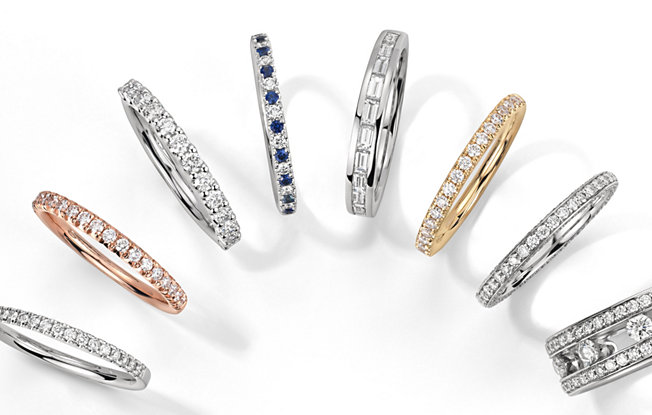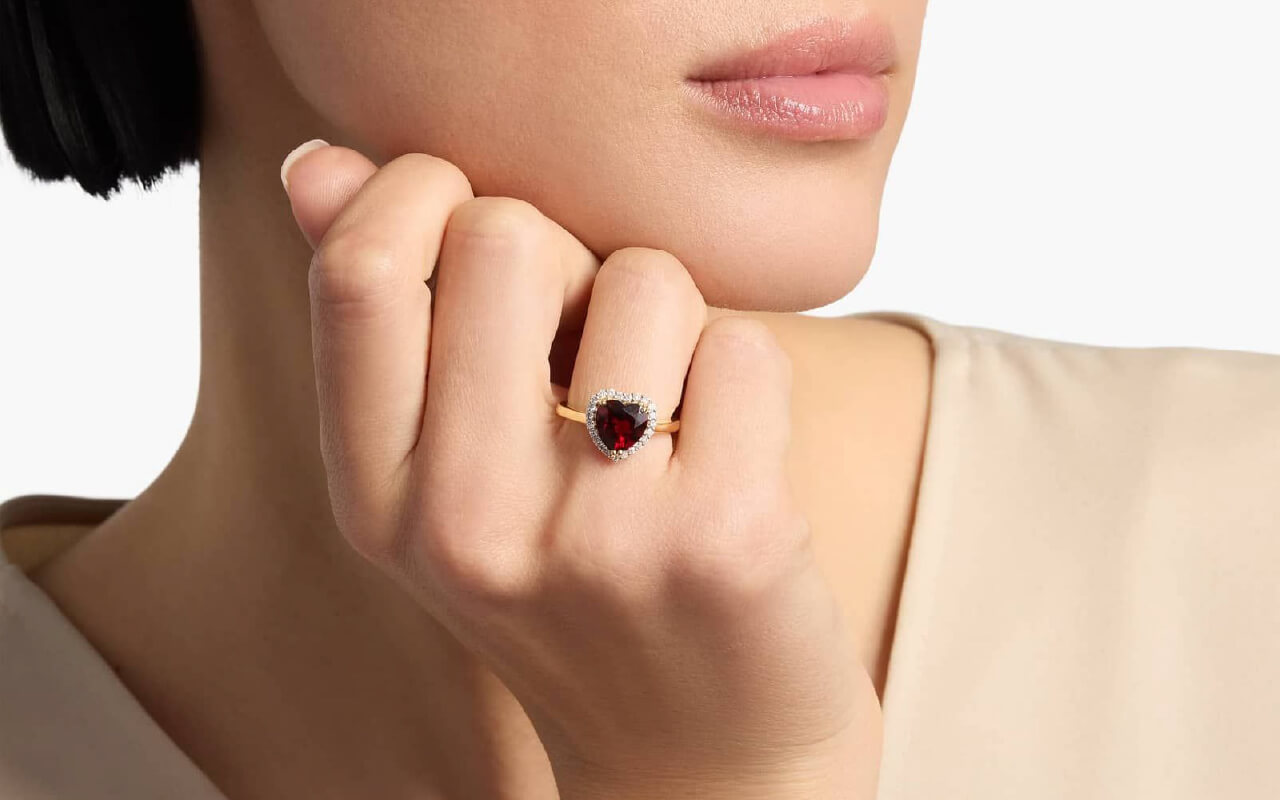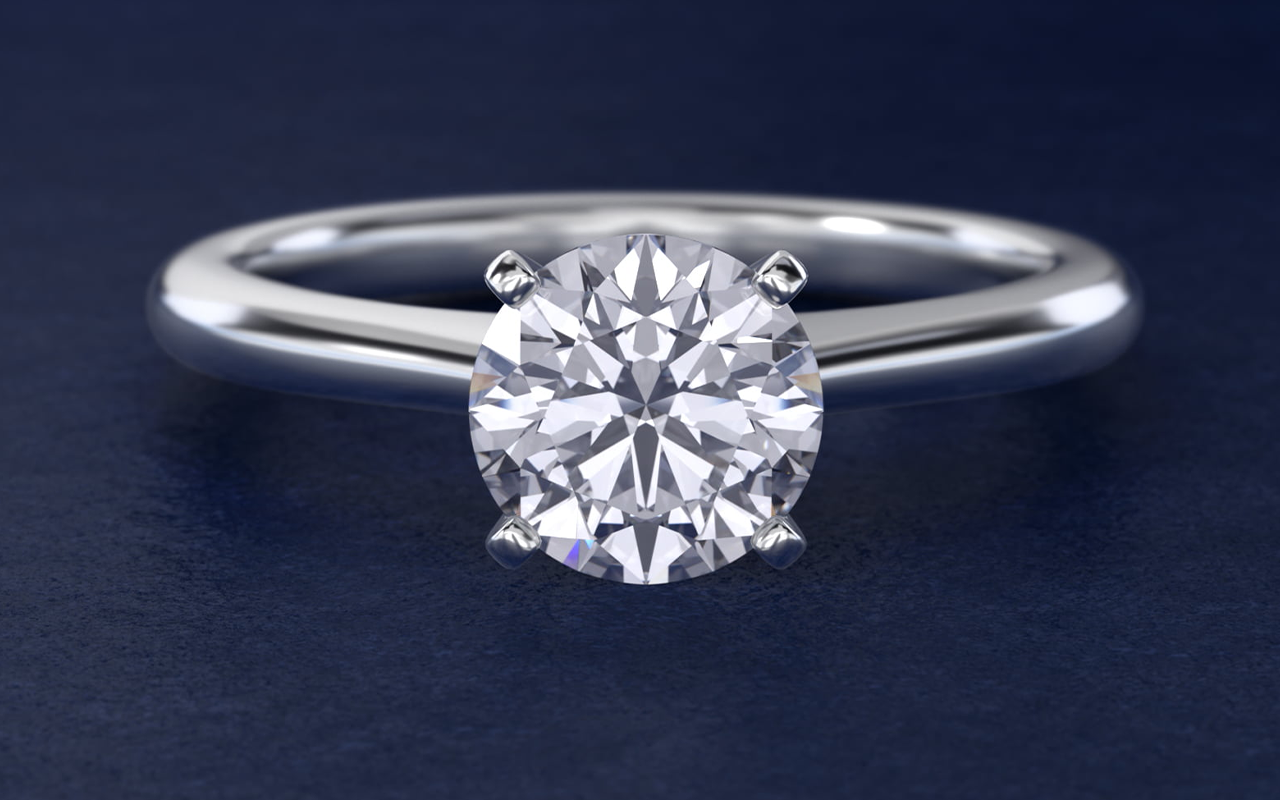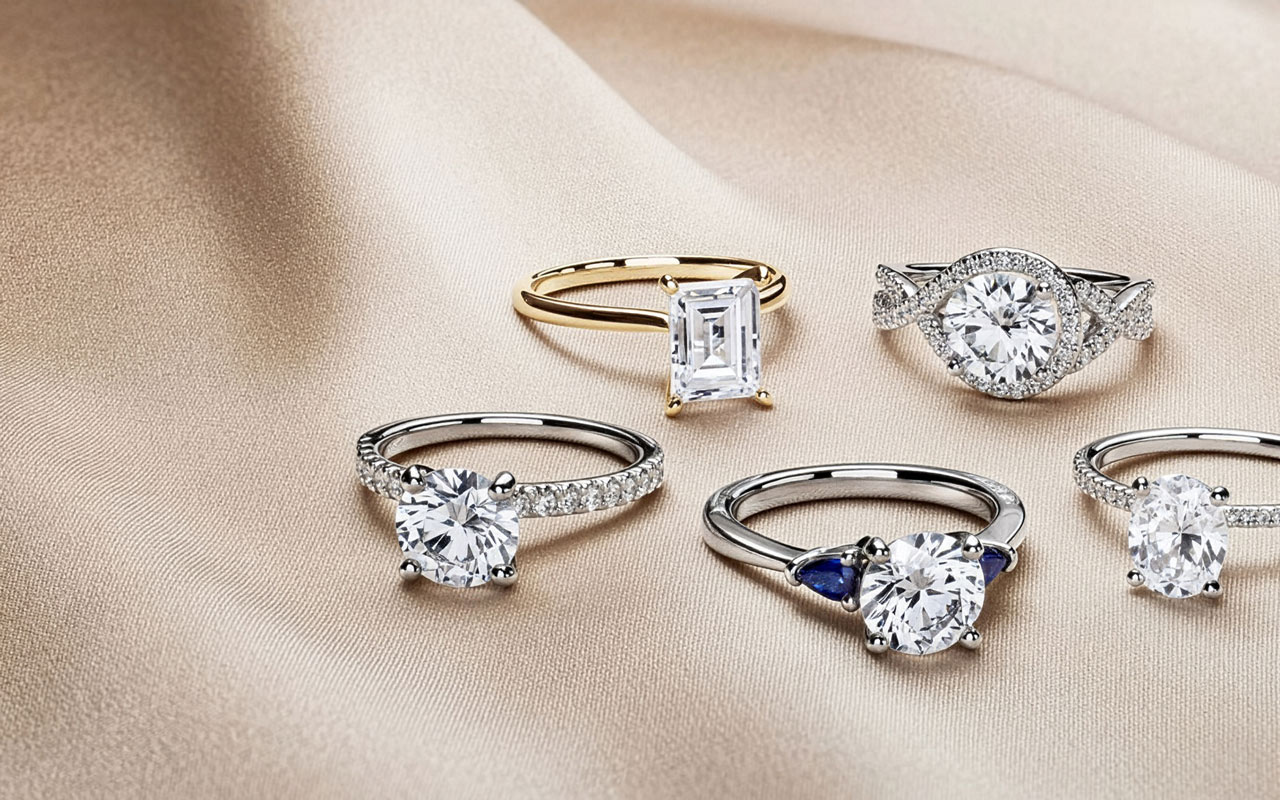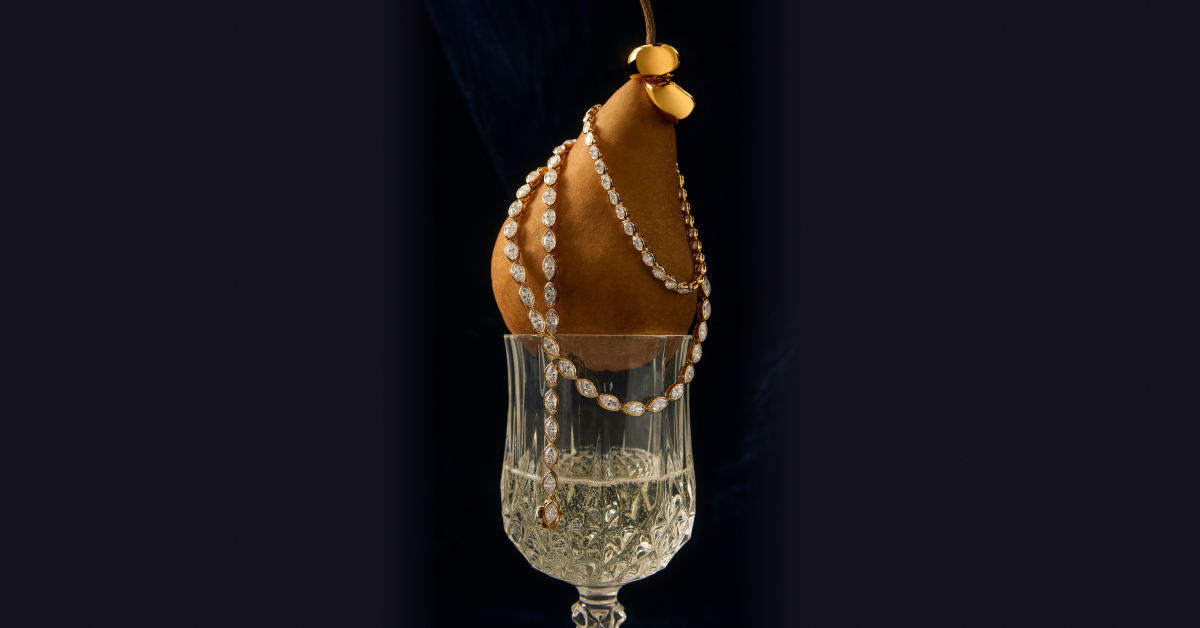
You’ve purchased the engagement ring, pulled off the proposal, and learned a ton in the process. Now it’s time to set your sights on the wedding ring. Start here.
The Basics
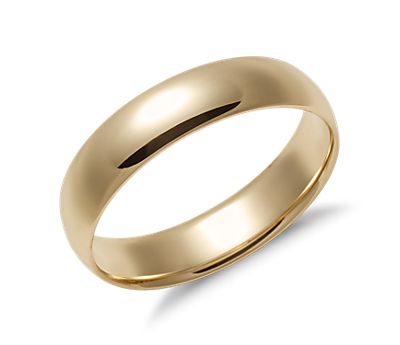
Mid-weight Comfort Fit Wedding Band in 14k Yellow Gold
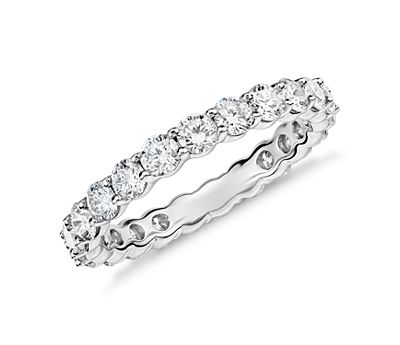
Classic Diamond Eternity Ring in Platinum
There are three broad categories of wedding rings that apply to all genders: plain, diamond, and gemstone.
A plain wedding ring refers to a metal band that does not have any gemstones, but may have other embellishment such as milgrain, or a contrasting metal inlay. Plain rings also come in a variety of finishes (hammered, brushed) and fits. The fit refers to how the ring rests on the finger and how high off the finger it extends. A comfort fit ring has a more rounded inner edge and a low dome ring has less of a rounded crest. A diamond wedding ring can be an eternity band, with diamonds completely encircling it, or an anniversary band with diamonds partly encircling it. Diamond wedding rings come in a variety of shank setting options, including channel, shared prong, bar, pavé, bezel, and flush mount. Gemstone bands are most typically comprised of sapphire and diamond, but can include (most) any gemstone you wish.
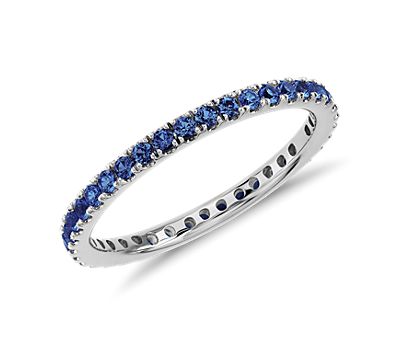
Riviera Pavé Sapphire Eternity Ring in 18k White Gold
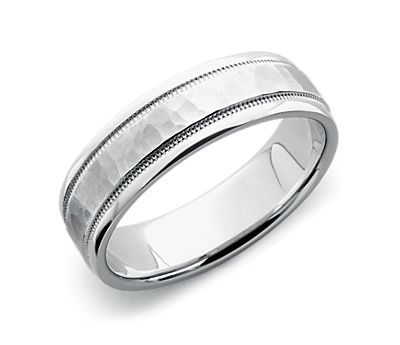
Hammered Milgrain Comfort Fit Wedding Ring in Platinum
The Metals
Diamonds are always set in platinum or gold. Those two metals are strong and durable enough to protect and secure that precious stone. Platinum Referred to as a Noble metal due to its superior ability to withstand corrosion and oxidation, platinum is a naturally white metal that develops a lovely patina over time that can be buffed back to a shine if desired. Gold Most commonly yellow, gold can also be white or rose-colored when mixed with different alloys. White gold is electroplated with rhodium, an extremely strong metal that helps maintain the white tone. Plain bands come in a wider array of metals, including cobalt, palladium, and tungsten. Cobalt Extremely hard and scratch-resistant, cobalt is also hypoallergenic and comes in two tarnish-free finishes: black and white.
Tungsten Highly scratch- and tarnish-resistant, tungsten is the heaviest of the three alternative metals and comes in three colors: gray, white, and black.
Matching or Complementary?

Choosing the perfect mate to an engagement ring hinges on whether you’re looking for a wedding ring that matches it or complements it. Our Wedding Ring Matcher tool walks you through the process and helps make your decision an easy one. What is a Perfect Match? When the size of the diamonds along the shank, prong style and metal of the engagement and wedding rings are visually the same they are considered a perfect match. Some wedding rings follow the curvature of the engagement ring creating an almost seamless fit. What is a Complementary Match? No, we don’t mean the ring is free. A complementary match refers to a wedding ring that flatters the engagement ring it’s paired with rather than matching it perfectly. An example of a complementary match would be a diamond wedding ring paired with a sapphire and diamond sidestone engagement ring. You Decide Sometimes you just like what you like. If you want a rose gold band with a white gold engagement ring, there’s no one stopping you from making that a reality. You do you. These same considerations are applicable if you’d like to match your wedding rings to each other. Some couples intentionally choose the same ring, while others choose rings that flatter each other and share a similar decorative element.

